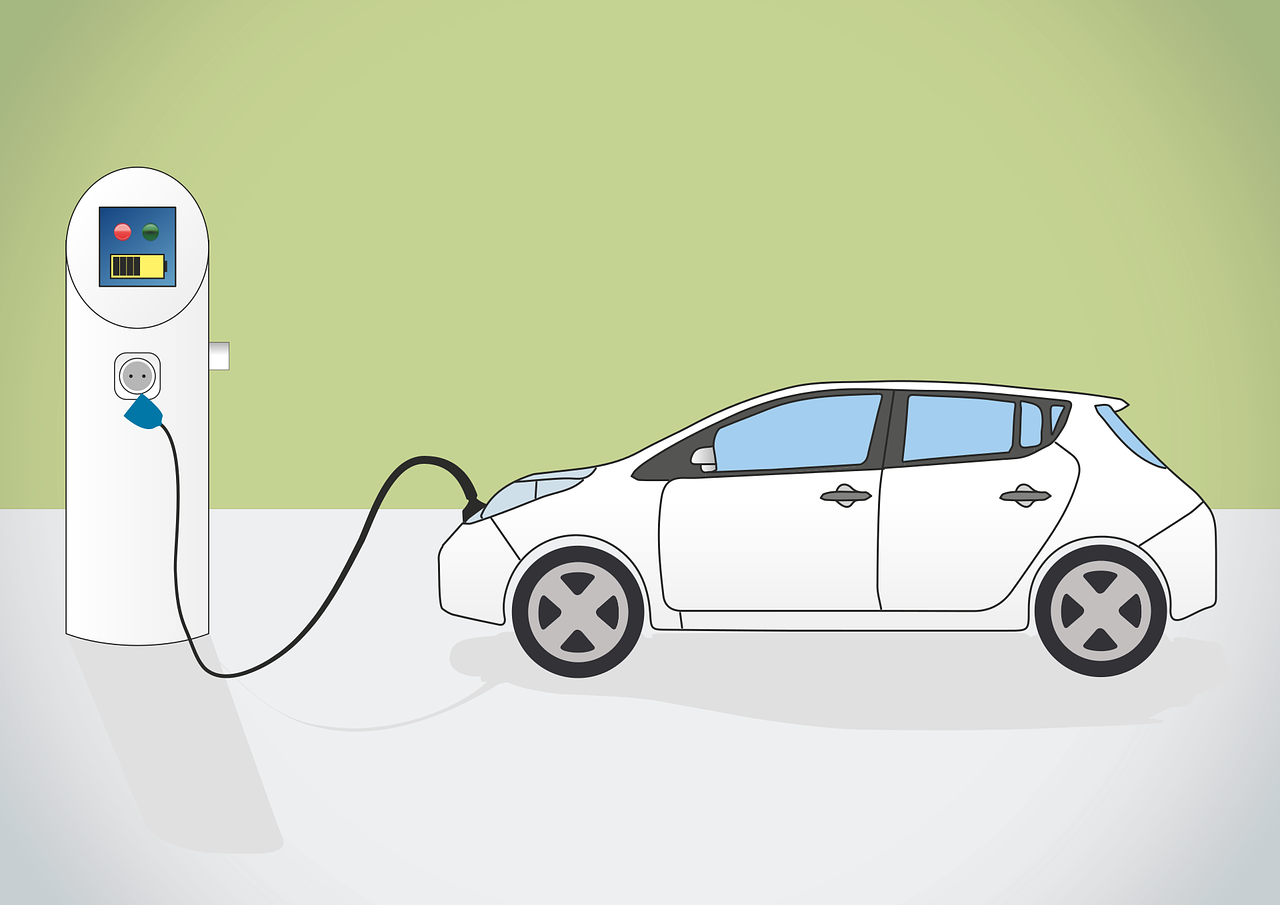Power IGBT
Another development in power MOS technology is the insulated gate bipolar transistor (IGBT). This device combines the best qualities of power MOSFET and bipolar transistor. It has an input characteristic of a MOSFET and an output characteristic of a bipolar transistor. That means it has high input impedance and low on-state conduction loss. But it has no second breakdown problem like the bipolar transistors. An IGBT is a voltage-controlled device like power MOSFET, however, the turn-off time of an IGBT is significantly greater than that of a power MOSFET. It shares many of the appealing features of power MOSFET, such as ease of gate-drive, peak current capability, and ruggedness.
Figure 13 (a) shows the vertical cross-section of n-channel IGBT. Like other devices, IGBT also uses the vertically oriented structure to maximize the area available for the current flow. This will reduce the resistance offered to the current flow and hence the on-state power loss taking place in the device. The IGBT also uses highly interdigitated gate-source structure to reduce the possibility of source/emitter current crowding. The doping levels used in different layers of IGBT are like those used in the comparable layers of the vertical MOSFET structure except for the body region. The main difference in the structure of IGBT as compared to that of a MOSFET is the existence of p+ layer that forms the drain of the IGBT. It is also possible to make P-channel IGBT by changing the doping type in each of the layers of the device.
The n+ buffer layer between the p+ drain contact and the n- drift layer is not essential for the operation of the IGBT. IGBTs with buffer layer are termed as punch-through (PT) IGBTs whereas the IGBTs without buffer layer are termed as non-punch-through (NPT) IGBTs. It is worth pointing out that the IGBT structure (Figure 13(a)] contains a P-N-P-N thyristor structure between the collector and emitter terminals.


Figure 13
Figures 13(b) and 13(c) shows the circuit symbols of an IGBT. As shown, it has three terminals, namely, gate, collector (drain), and emitter (source). In a p-channel IGBT, the directions of the arrowheads would be reversed. The symbol shown in Figure 13(b) is essentially the same as that used for the n-channel power MOSFET, but with the addition of an arrowhead in the drain lead pointing into the body of the device indicating an injecting contact. The symbol shown in Figure 13(c) is used if IGBT is basically a BJT with MOSFET gate input. This device has a collector and emitter rather than a drain and source. This symbol indicates that the IGBT has output characteristics like power BJT and input characteristics similar to the power MOSFET.
latest video
news via inbox
Nulla turp dis cursus. Integer liberos euismod pretium faucibua







